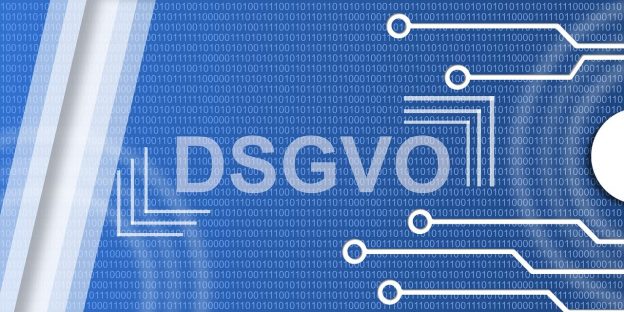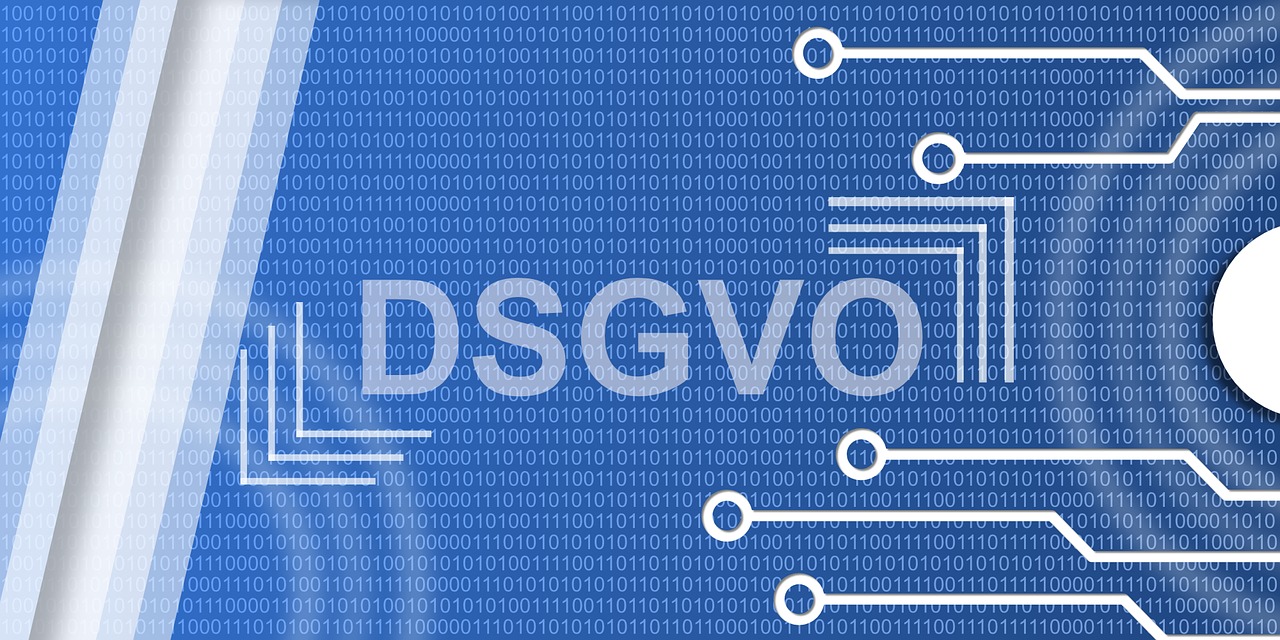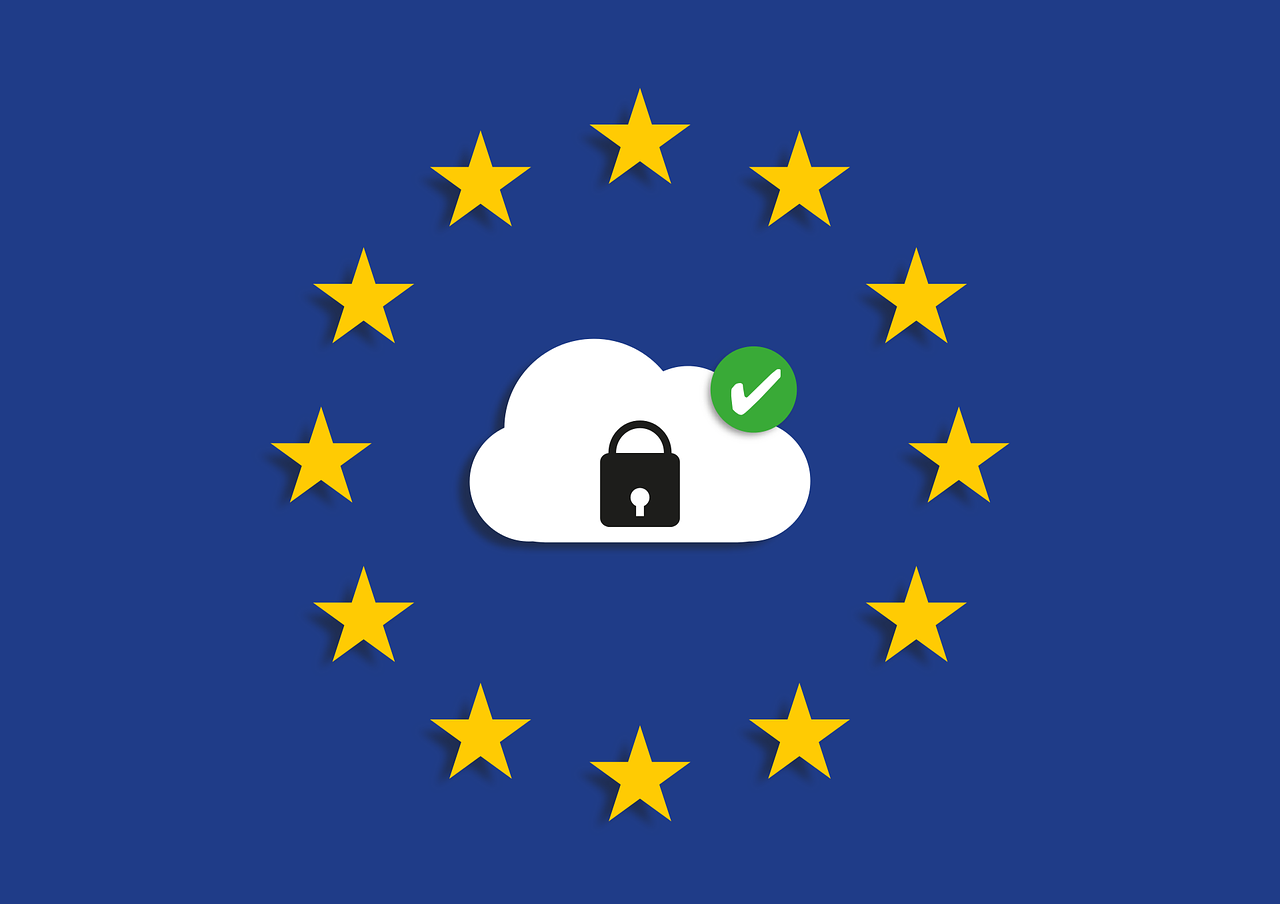In today’s digital age, where information travels through cyberspace at lightning speed, ensuring the security of sensitive data has become a critical concern for businesses. As a business owner, you understand the importance of safeguarding your customers’ payment card information to maintain their trust and protect your reputation. This is where a PCI audit comes into play. A PCI audit is a comprehensive evaluation of your organization’s adherence to the Payment Card Industry Data Security Standard (PCI DSS), which outlines the necessary security measures for businesses that handle and process payment card data. By conducting a PCI audit, you can identify any vulnerabilities in your systems and implement the necessary controls to prevent data breaches and potential legal consequences. In this article, we will explore the key aspects of a PCI audit and address some frequently asked questions to help you better understand and navigate this vital area of law.

What is a PCI audit?
A Payment Card Industry (PCI) audit is a comprehensive assessment of an organization’s adherence to the PCI Data Security Standard (PCI DSS). The PCI DSS is a set of requirements designed to ensure that businesses that handle credit card transactions maintain a secure environment to protect cardholder data.
The purpose of a PCI audit is to evaluate an organization’s compliance with the PCI DSS, identify any vulnerabilities or weaknesses in their payment card processing systems, and ensure that appropriate security measures are in place to safeguard sensitive information. By undergoing a PCI audit, businesses can demonstrate their commitment to data security and protect themselves from potential breaches and penalties.
The purpose of a PCI audit
The primary purpose of a PCI audit is to assess the security of an organization’s payment card processing systems and ensure compliance with the PCI DSS. By evaluating the organization’s policies, procedures, and technical controls, the audit helps identify any gaps or weaknesses that could potentially lead to a data breach. The audit also provides recommendations for strengthening security measures and mitigating risks.
Additionally, a PCI audit helps organizations enhance their overall data security posture by promoting best practices for handling and protecting cardholder data. By adhering to the PCI DSS, businesses can protect their reputation and gain the trust of customers and partners who expect their cardholder information to be handled securely.
Who needs a PCI audit
Any organization that processes, stores, or transmits payment card information is required to undergo a PCI audit. This includes merchants, service providers, payment gateways, and any other entity that handles credit card transactions. Regardless of the size or industry of the organization, if it accepts payment cards as a form of payment, compliance with the PCI DSS and the need for a PCI audit are essential.
Failure to comply with the PCI DSS can result in serious consequences, such as fines, legal repercussions, and damage to the organization’s reputation. Therefore, it is crucial for businesses to understand their obligations and ensure they meet the necessary security requirements.
Benefits of a PCI audit
Undergoing a PCI audit offers several benefits for businesses, including:
-
Enhanced Security: A PCI audit helps organizations identify vulnerabilities and weaknesses in their payment card processing systems, enabling them to implement appropriate security controls and measures to protect against potential breaches.
-
Compliance with Industry Standards: By complying with the PCI DSS, businesses demonstrate their commitment to maintaining a secure environment for cardholder data. This not only helps them avoid penalties but also allows them to establish credibility and trust with customers, partners, and other stakeholders.
-
Risk Mitigation: Through a PCI audit, organizations can identify and address potential risks associated with handling payment card information. By implementing the necessary security controls, they can significantly reduce the risk of data breaches, financial loss, and other negative consequences.
-
Protection of Reputation: A data breach can have severe implications for an organization’s reputation. By proactively conducting a PCI audit and implementing the recommended security measures, businesses can minimize the risk of a breach and safeguard their reputation among customers and partners.
-
Cost Savings: Preventing a data breach through a PCI audit can save businesses substantial costs associated with remediation, legal fees, regulatory fines, and potential lawsuits. Investing in security controls and compliance helps mitigate these risks, resulting in long-term cost savings.
Preparing for a PCI audit
To ensure a successful PCI audit, organizations should follow a systematic approach to prepare their systems and processes. The following steps outline the key elements of preparing for a PCI audit:
Understanding the PCI DSS
Before embarking on the PCI audit process, it is essential to have a comprehensive understanding of the PCI Data Security Standard (DSS) and its requirements. The PCI DSS provides a framework for securing payment card data and outlines the necessary security controls and measures that must be in place. Familiarize yourself with the standards and ensure that your organization meets the requirements.
Appointing a Qualified Security Assessor
To conduct a PCI audit, it is crucial to engage the services of a Qualified Security Assessor (QSA). A QSA is an independent professional who has been certified by the PCI Security Standards Council to assess compliance with the PCI DSS. Selecting a reputable and experienced QSA is essential to ensure the accuracy and reliability of the audit results.
Identifying scope and assessing risks
Determine the scope of your PCI audit by identifying all systems, processes, and locations that handle payment card data. Assess the risks associated with these areas to prioritize and allocate resources effectively. This includes identifying vulnerabilities, potential threats, and the likelihood of an attack or breach.
Implementing security controls
To achieve compliance with the PCI DSS, it is crucial to implement the necessary security controls and measures. These may include network segmentation, encryption, access controls, regular security patches and updates, intrusion detection systems, and logging and monitoring mechanisms. Implementing these controls helps protect sensitive cardholder data and demonstrates a commitment to data security.
Creating policies and procedures
Develop and document comprehensive policies and procedures that govern the handling of payment card data within your organization. These policies should align with the requirements of the PCI DSS and clearly outline responsibilities, security measures, incident response protocols, and employee training.
Training employees
Educate employees on the importance of data security, their roles and responsibilities, and the organization’s policies and procedures. Regular training sessions should cover topics such as secure data handling, password security, identifying social engineering attacks, and incident reporting. Well-trained employees play a critical role in maintaining a secure payment card processing environment.
PCI audit process
The PCI audit process consists of several steps, each designed to assess and validate an organization’s compliance with the PCI DSS. Understanding these steps can help organizations prepare effectively for the audit and ensure a smooth and successful assessment. The four primary steps in the PCI audit process include:
Step 1: Pre-assessment
The pre-assessment phase involves gathering and reviewing documents, policies, and procedures related to payment card processing. This step aims to evaluate the organization’s readiness for the formal audit. The QSA may require evidence of compliance, system configurations, network diagrams, and other relevant information.
Step 2: On-site assessment
During the on-site assessment, the QSA conducts interviews with key personnel, inspects physical and logical security measures, and assesses the effectiveness of security controls. The QSA will verify whether the organization meets the requirements of the PCI DSS by performing vulnerability scans, reviewing firewall and other system configurations, and examining documentation.
Step 3: Report and remediation
Following the on-site assessment, the QSA generates a report detailing the findings, including any non-compliant areas or vulnerabilities identified during the audit. The organization is then given an opportunity to address and remediate these issues. The QSA may require evidence of remediation and retesting to ensure that the identified vulnerabilities have been resolved.
Step 4: Final assessment and compliance
In the final step, the QSA reviews the evidence of remediation provided by the organization. If the QSA determines that all requirements of the PCI DSS have been met, they issue a compliance certificate. The organization is then considered compliant with the PCI DSS. If the QSA identifies ongoing issues or outstanding vulnerabilities, the organization may be required to address these before achieving compliance.

Common challenges during a PCI audit
The PCI audit process can present several challenges for organizations, including:
Complexity of PCI DSS requirements
The PCI DSS consists of comprehensive and technical requirements that can be complex to interpret and implement. Understanding these requirements and ensuring compliance across various systems, processes, and locations can be challenging for organizations, especially those with limited resources or expertise in data security.
Identifying and remediating vulnerabilities
During the audit, vulnerabilities and weaknesses in payment card processing systems may be identified. Addressing these vulnerabilities and implementing the necessary security controls and measures can be time-consuming and resource-intensive, particularly for organizations with complex IT environments or outdated systems.
Lack of documentation
To demonstrate compliance with the PCI DSS, organizations must maintain accurate and up-to-date documentation. This includes policies, procedures, network diagrams, system configurations, incident response plans, and employee training records. The absence or inadequacy of documentation can cause delays and difficulties during the audit process.
Employee negligence
The actions or negligence of employees can pose a significant risk to data security. Lack of awareness, failure to follow established policies and procedures, weak passwords, and falling victim to social engineering attacks can all compromise the effectiveness of an organization’s security controls. Educating and training employees on data security best practices is crucial to mitigate this risk.
Interpretation of requirements
Interpreting the PCI DSS requirements accurately is essential to ensure compliance. However, different assessors or organizations may have varying interpretations, leading to confusion or inconsistencies. Obtaining clarification from the assessor or seeking expert advice can help address any discrepancies and ensure compliance with the intended spirit and objectives of the PCI DSS.
Choosing a PCI auditor
Selecting the right PCI auditor is vital to ensure a thorough and accurate assessment of your organization’s compliance with the PCI DSS. Consider the following factors when choosing a PCI auditor:
Qualifications and certifications
Verify that the auditor holds the necessary qualifications and certifications to perform PCI audits. Look for individuals or organizations certified by the PCI Security Standards Council as they demonstrate expertise and knowledge in assessing and validating PCI compliance.
Experience and expertise
Evaluate the auditor’s experience in conducting PCI audits, particularly in your industry or sector. An auditor who is familiar with your specific business challenges and requirements can provide more relevant insights and recommendations.
Reputation and references
Research the auditor’s reputation and request references from previous clients. Investigate their track record, customer satisfaction, and any disciplinary actions or complaints against them. A reputable auditor with satisfied clients is more likely to deliver a reliable and valuable audit.
Cost and timeline
Consider the cost and timeline associated with the audit. Request a detailed breakdown of the costs involved to ensure transparency and avoid any unexpected expenses. Additionally, discuss the expected timeline for the audit to plan and allocate resources accordingly.

Cost of a PCI audit
The cost of a PCI audit can vary depending on several factors. Understanding these factors can help organizations estimate and budget for the audit process.
Factors influencing the cost
-
Scope of the audit: The size, complexity, and geographic spread of the organization’s payment card processing systems can impact the cost. Larger organizations with multiple locations or a global presence may require a more extensive and time-consuming assessment.
-
Level of segmentation and compliance: The more segmented and compliant an organization’s payment card processing systems are, the less time and effort required for the audit. Segmentation can reduce costs by focusing the assessment on specific areas rather than the entire network.
-
Use of third-party service providers: If the organization relies on third-party service providers for payment card processing, additional assessments or audits may be required. The cost of these assessments can contribute to the overall cost of the PCI audit.
Cost breakdown
The cost of a PCI audit typically includes several components:
-
QSA fees: These fees cover the services provided by the Qualified Security Assessor. The cost may vary depending on the QSA’s experience, expertise, and reputation.
-
Assessment tools and software: Some QSAs may charge for the use of assessment tools or software during the audit. These costs can vary depending on the specific tools required.
-
On-site assessment expenses: Organizations may be responsible for covering any travel, accommodation, or meal expenses incurred by the QSA during the on-site assessment.
-
Remediation costs: If vulnerabilities or non-compliant areas are identified during the audit, there may be additional costs associated with addressing and remediating these issues.
Return on investment
While the cost of a PCI audit may seem substantial, the investment pays off in several ways. By achieving and maintaining compliance with the PCI DSS, organizations can avoid costly fines, legal consequences, and reputational damage resulting from a data breach. Additionally, the implementation of robust security measures and best practices protects the organization’s valuable assets and enhances customer trust and loyalty, leading to long-term business growth and reduced liability and insurance costs.
Penalties for non-compliance
Failure to comply with the PCI DSS can result in significant penalties and consequences for businesses. It is crucial to understand the potential legal, financial, and reputational implications of non-compliance.
Fines and monetary penalties
The card brands, such as Visa, Mastercard, and American Express, have the authority to impose fines on businesses that fail to comply with the PCI DSS. These fines can range from several thousand dollars to millions of dollars, depending on the severity of the non-compliance and the circumstances surrounding the breach.
Legal consequences
Non-compliant organizations may also face legal consequences, including lawsuits, legal settlements, and legal fees associated with data breaches. Depending on the jurisdiction, there may be specific regulations or laws that govern the handling of payment card data, and non-compliance with these regulations can lead to legal action.
Reputation damage
A data breach resulting from non-compliance with the PCI DSS can have severe reputational consequences for organizations. The loss of customer trust, negative media coverage, and damage to the brand’s reputation can impact customer acquisition and retention, leading to financial losses and long-term business challenges.
To avoid these penalties and consequences, it is essential for organizations to prioritize and invest in data security, undergo regular PCI audits, and maintain compliance with the PCI DSS.
Benefits of PCI compliance
Achieving and maintaining PCI compliance offers several advantages for organizations, including:
Protection against data breaches
By implementing the necessary security controls and measures as part of PCI compliance, organizations significantly reduce the risk of data breaches. The PCI DSS requirements focus on safeguarding sensitive cardholder data, preventing unauthorized access, and detecting and responding to security incidents promptly. Compliance with these requirements helps protect critical information and ensures the confidentiality, integrity, and availability of payment card data.
Customer trust and loyalty
Customers are increasingly concerned about the security of their payment card information. By demonstrating PCI compliance, organizations signal their commitment to data security, building trust and confidence among customers. Compliance establishes credibility and differentiates the organization from competitors, ultimately fostering customer loyalty and retention.
Business growth opportunities
Many businesses require proof of PCI compliance as a prerequisite for partnerships or collaborations. By achieving and maintaining compliance, organizations open doors to new business opportunities and partnerships. Compliance gives potential partners peace of mind, knowing that their customers’ payment card data will be handled securely.
Reduced liability and insurance costs
Complying with the PCI DSS helps reduce an organization’s liability in the event of a data breach. By implementing the recommended security controls and measures, organizations demonstrate due diligence in protecting cardholder data, potentially mitigating legal and financial risks. Additionally, being PCI compliant may enable organizations to negotiate lower insurance premiums as they are seen as less of a risk.
Frequently Asked Questions
What is the PCI DSS?
The PCI DSS (Payment Card Industry Data Security Standard) is a set of security standards established by the PCI Security Standards Council to protect cardholder data. It specifies the requirements for businesses that handle payment card information to maintain a secure environment and prevent data breaches.
Who enforces PCI compliance?
PCI compliance is enforced by the card brands, such as Visa, Mastercard, American Express, and Discover. Non-compliant businesses may face fines, penalties, and other consequences imposed by these card brands.
How often should a PCI audit be conducted?
PCI audits should be conducted annually to maintain compliance with the PCI DSS. However, certain circumstances may necessitate more frequent audits, such as changes to payment card processing systems, significant security incidents, or changes in the organization’s environment.
What happens if my business fails a PCI audit?
If a business fails a PCI audit, it is considered non-compliant with the PCI DSS requirements. Consequences may include fines imposed by card brands, restrictions on processing payment card transactions, mandatory security improvements, potential liability for damages resulting from a data breach, and damage to the organization’s reputation.
Do I need a PCI audit even if I don’t process credit card payments?
If your organization does not process credit card payments, you may still need to undergo a PCI audit if you store, transmit, or receive payment card data in any capacity. Compliance with the PCI DSS is essential to protect sensitive cardholder data, regardless of the organization’s role in the payment card ecosystem.
In conclusion, a PCI audit is a crucial process for any organization that processes payment card transactions. By understanding the purpose, benefits, and challenges of a PCI audit, businesses can take the necessary steps to achieve and maintain compliance with the PCI DSS. Choosing a reputable PCI auditor, understanding the associated costs, and recognizing the potential penalties for non-compliance are essential factors to consider. By investing in PCI compliance and implementing robust security measures, organizations can protect sensitive data, build trust with customers, and position themselves for long-term success in today’s digital world.
Frequently Asked Questions
Q: What is the PCI DSS? The PCI DSS (Payment Card Industry Data Security Standard) is a set of security standards established by the PCI Security Standards Council to protect cardholder data. It specifies the requirements for businesses that handle payment card information to maintain a secure environment and prevent data breaches.
Q: Who enforces PCI compliance? PCI compliance is enforced by the card brands, such as Visa, Mastercard, American Express, and Discover. Non-compliant businesses may face fines, penalties, and other consequences imposed by these card brands.
Q: How often should a PCI audit be conducted? PCI audits should be conducted annually to maintain compliance with the PCI DSS. However, certain circumstances may necessitate more frequent audits, such as changes to payment card processing systems, significant security incidents, or changes in the organization’s environment.
Q: What happens if my business fails a PCI audit? If a business fails a PCI audit, it is considered non-compliant with the PCI DSS requirements. Consequences may include fines imposed by card brands, restrictions on processing payment card transactions, mandatory security improvements, potential liability for damages resulting from a data breach, and damage to the organization’s reputation.
Q: Do I need a PCI audit even if I don’t process credit card payments? If your organization does not process credit card payments, you may still need to undergo a PCI audit if you store, transmit, or receive payment card data in any capacity. Compliance with the PCI DSS is essential to protect sensitive cardholder data, regardless of the organization’s role in the payment card ecosystem.



































